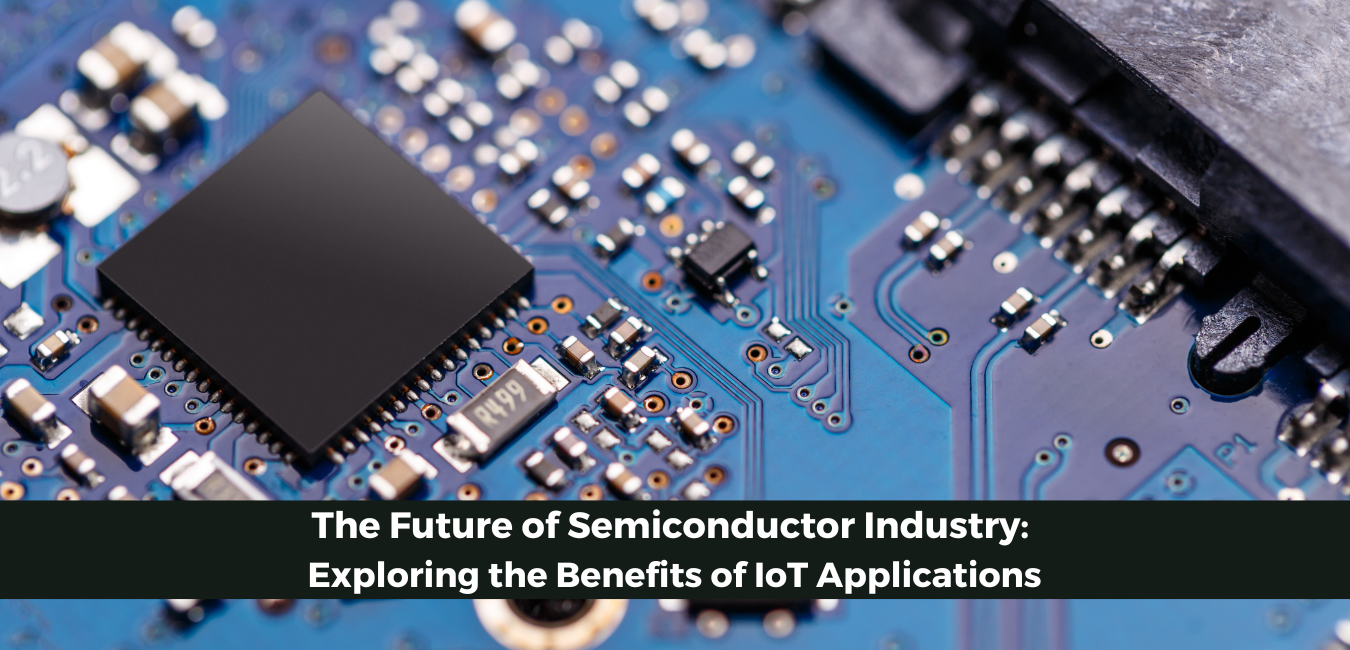Impact of Artificial Intelligence in Smart Home Technologies

The bulk of dwellings in this 21st century are transformed into clever homes. Smart home technology and its applications have been adopted. It also includes safety, safety at home, performance, and lighting. The main industries have already started to incorporate artificial intelligence with intelligent machines so that several devices can link.
Ten years ago, a science fiction film would have looked like the thought of controlling the lighting, temperatures, and safety systems in your house remotely from a mobile phone. It would have been a distant luxury to give your home commands with your voice, possibly just for the generations to come to work every single day in automobiles that drive themselves. Smart homes are an idea visionaries have dreamed of for decades – even the introduction of magical prototypes over the years, which would ultimately be a prediction of what we use now.
Artificial Intelligence & Smart Homes
Would it be as popular now with temperature control, home security, and everyday appliances connected to the Internet of Things (IoT) if they were just controlled by our smartphones? Perhaps not. The development of AI-powered personal assistants is what was likely the largest driver of the increasing popularity of smart home technology.
The mass-market started in 2011 and iPhone owners suddenly possessed in their pockets a voice-controlled AI system. In 2013, Microsoft launched Cortana, and the following year Amazon made its debut to Alexa and Amazon Echo - still a dominant market for "smart boxes" today.
That includes the integration of our voice-controlled AI helpers into our intelligent home: spoken orders made the room a bit warmer or the luminaries a bit dimmer. We are very familiar with this technology now as it connects our favored AI personalities with smart devices on which we rely in our houses.
Home automation
In addition to offering improved facilities, AI offers home automation security. Previously, wealthier people could offer home safety, but it has grown cheaper and more easily accessible with sophisticated technology.
Home security is becoming smarter with domestic automation. Connected IoT camera systems can be linked to an AI in your house and can notify movement or unusual behavior to the user in or near the home. The AI may also obtain camera systems from a smartphone or computer if anything is not available. Home security conventional systems require a lot of user information.
The incorporation of AI has redefined the goal of home automation and some of the key advancements presented by new-age home automation products:
Voice controlling of appliances or devices
Voice help is the most famous home automation artificial intelligence device. Modern home automation offers a product that can also be connected to Siri, Alexa, or other devices. It offers all-over domestic automation devices for voice control possibilities.
Home automation goods may now be sufficiently managed by the use of such media, from essential control equipment like starting voice conversations, switching off lights, video chats, reading news aloud, making your orders, playing preferred music, or controlling home settings among other things. That feature is highly important in causing voice calls in people, co-workers, or medical officers with immediate emergencies in certain scenarios.
Power of Location-Based System and Tools
The smartphone apps and the self-control of home automation devices can be controlled anywhere. If the user addresses his/her residence and within neighboring areas, devices can use their range of curtains, lights, and air-conditioning temperatures to establish their room.
Even if a disorder occurs, the user can signal or inform the user when it is detected nearby. It can recognize any incident in the neighborhood.
Enhance Safety Optimizing
The wireless video safety feature which is possible to access from any given location from anywhere on smartphones is a strong advance in new-aggregate home automation systems. The different robust highlights of such gadgets are safety items such as microwave-based change sensors, which may notice unexpected actions, or AI in the recognition of facile faces via video surveillance to identify problems and warn homemakers. These safety results are programming and control devices that easily interface with other existing home automation panels.
In addition to comfort and power, other major objectives for the expansion of home automation are the accessibility of goods and the possibility of providing a certain foundation whereby consumers can automate a certain section of the house first in home automation. While home automation technology is expanding, the needs will soon be redefined through features, price, acceptance, and safety. Similarly, the market and growth of other applications.
Optimizing Service Usage
In addition to comfort and power, other major objectives for the expansion of home automation are the accessibility of goods and the possibility of providing a certain foundation whereby consumers can automate a certain section of the house first in home automation. While home automation technology is expanding, the needs will soon be redefined through features, price, acceptance, and safety. Similarly, the market and growth of other applications.
Integrating a smart network
For any family, utility cost is an issue. The rising expense of waste and surplus allowed in the past has been restricted. Companies created high-efficiency solutions for the home to resolve this situation. In order to reduce energy usage, equipment such as refrigerators, ovens, heaters, and even televisions are manufactured. The use of water is also a matter of concern. On the market, there is less use of bathrooms and washing facilities, and garden systems.
These systems operate mostly well, but if incorporated in a smart network, they can work even better. High-efficiency IoT Home Devices can further reduce user costs by smartly managing the use of certain resources.
For example, if a user is not home, heating or cooling can be switched off by the AI. Intelligent window blinds or shades can also be adjusted during the whole day for sunlight adjustment.
When an AI controls such systems, the user has to be careful not to monitor their state. If a change is necessary, or when a device does not perform efficiently, an AI will warn a user. As a consequence, AI is saving money.
Major Market Highlights:
- Google has put in place a multilingual guide throughout the decade to enable the Google Assistant to speak several languages at the same time. It helped the assistant learn the language of the family in bilingual homes. Improved speech recognition enables one to talk with the technology in more than two languages.
- DeepThinQ 1.0 Technology has been developed by LG to facilitate voice and video recognition by Cloud servers. It can automatically switch off lights when the door is locked off from the outside, operate the robotic vacuum in the absence of the owner and activate the air purifier before the owner comes home. The LG washer analyses human habits and learns and implements these settings automatically. The washing machine can guide how to dry different load kinds.
- With Bixby Voice Control, Samsung has integrated the intelligent home product family SmartThings. These products recognize people in the house and adapt all settings to the liking of a person. With the help of a Samsung TV or family hub, the owner can manage any smart gadget using his voice. The SmartThings application can also assist the owner in automatically downloading and signing up for streaming applications. The Samsung cloud maintains all user login details and provides a quick and convenient way of maintaining data backup. Samsung TV may be used as a hub for other smart devices to display the person at the front door.
Conclusion: What is the future of AI in Smart Home Technologies
Intelligence artificial is strong. It imitates people's know-how and learning skills, all technologically. Recent breakthroughs in smart house automation systems have led to artificial intelligence enhancements in the area of cloud communication, human behavioral learning, and smart home devices automation in accordance with user preferences.
The trend in intelligent homes continues to grow. More than 300 million homes will be smart homes according to a survey in 2023. Some security problems are also foreseen with the growth of smart houses on the market. Cyber-attacks are riskier for wirelessly linked materials. To get homeowners' support and promote the business of smart home devices, it is, therefore, necessary to safeguard connected machinery from safety dangers and weaknesses.








